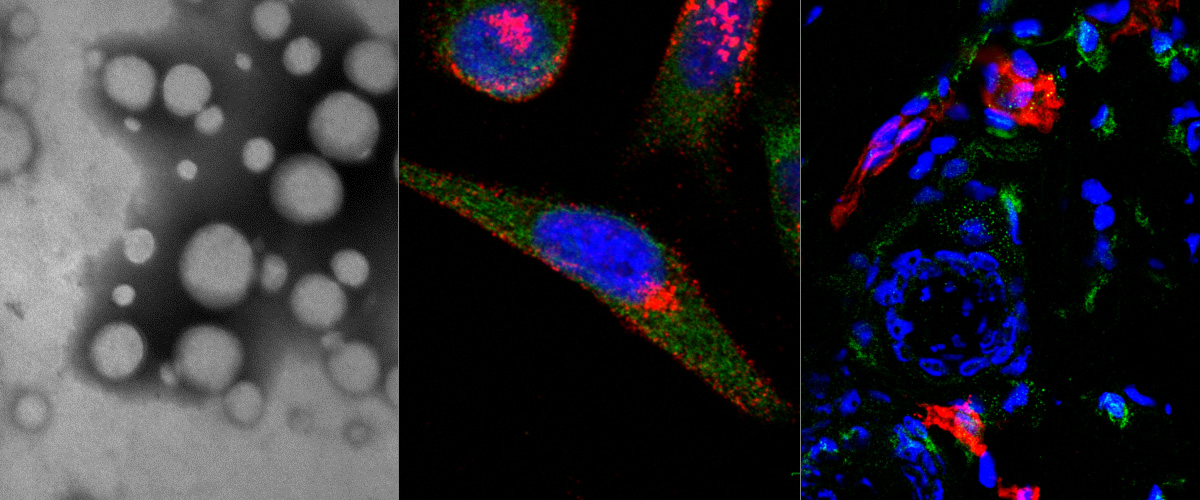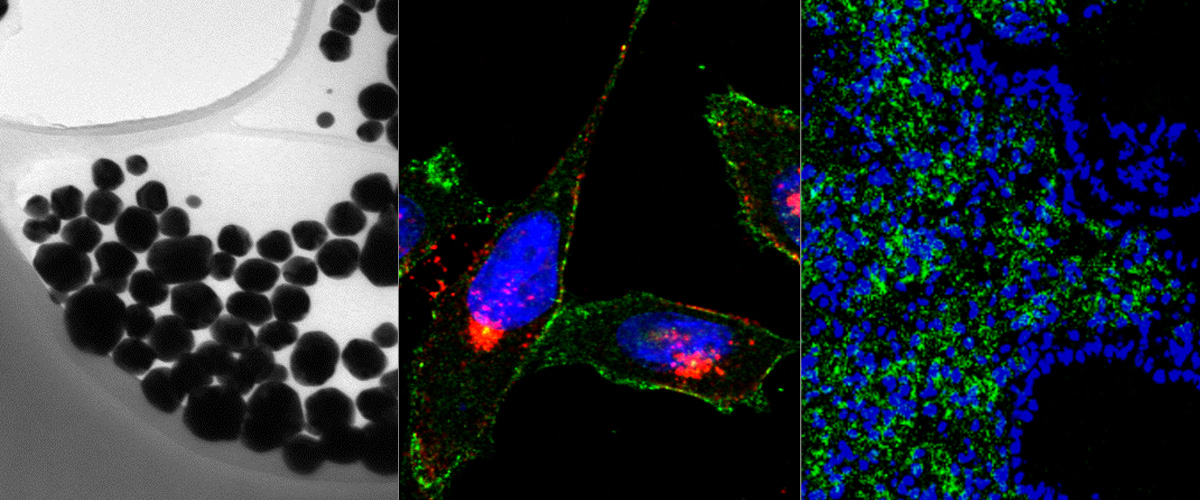http://www.ncbi.nlm.nih.gov/pubmed/24345789
Abstract
The accessibility of extravascular tumor tissue to drugs is critical for therapeutic efficacy. We previously described a tumor-targeting peptide (iRGD) that elicits active transport of drugs and macromolecules (covalently coupled or co-administered) across the vascular wall into tumor tissue. Short peptides (iRGD is a 9-amino acid cyclic peptide) generally have a plasma half-life measured in minutes. Since short half-life limits the window of activity obtained with a bolus injection of iRGD, we explored to extend the half-life of the peptide. We show here that addition of a cysteine residue prolongs the plasma half-life of iRGD and increases the accumulation of the peptide in tumors. This modification prolongs the activity of iRGD in inducing macromolecular extravasation and leads to greater drug accumulation in tumors than is obtained with the unmodified peptide. This effect is mediated by covalent binding of iRGD to plasma albumin through a disulfide bond. Our study provides a simple strategy to improve peptide pharmacokinetics and activity. Applied to RGD, it provides a means to increase the entry of therapeutic agents into tumors.
Copyright © 2013 Elsevier B.V. All rights reserved.




